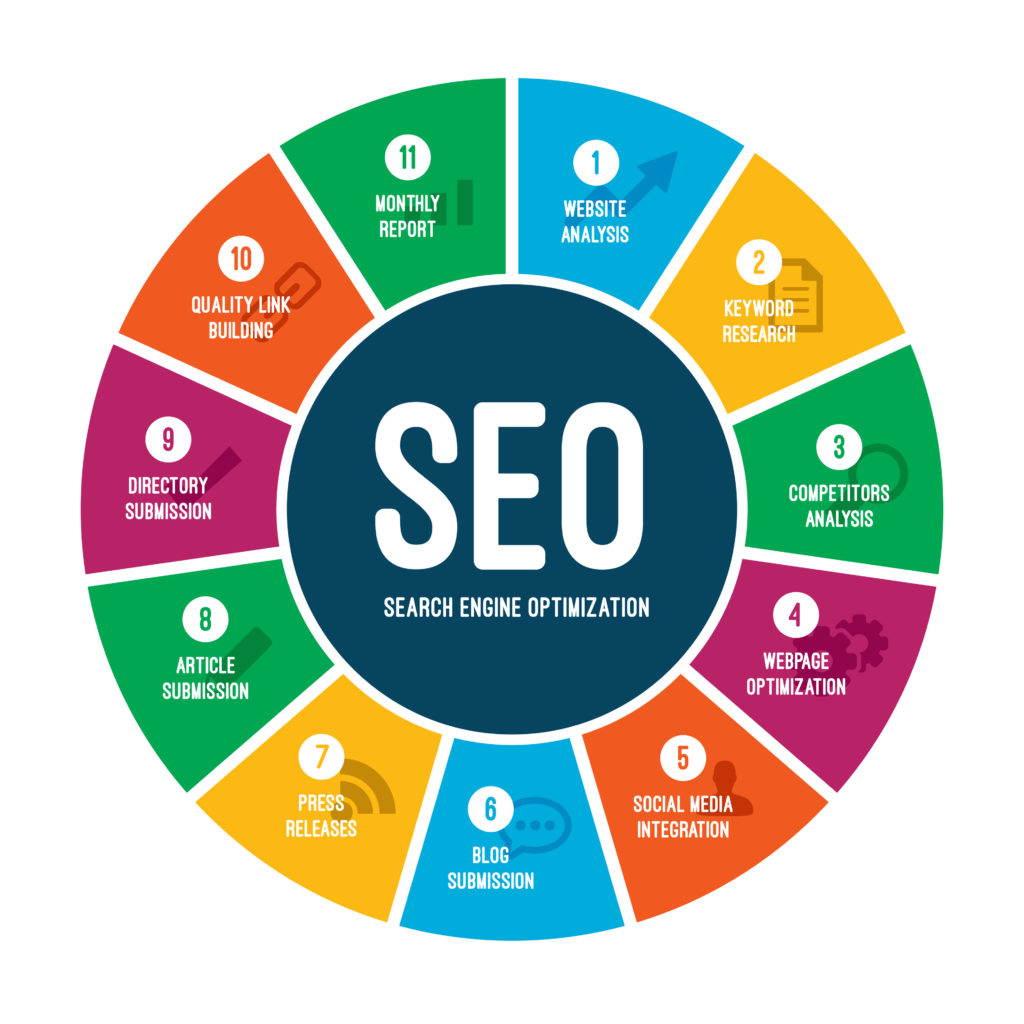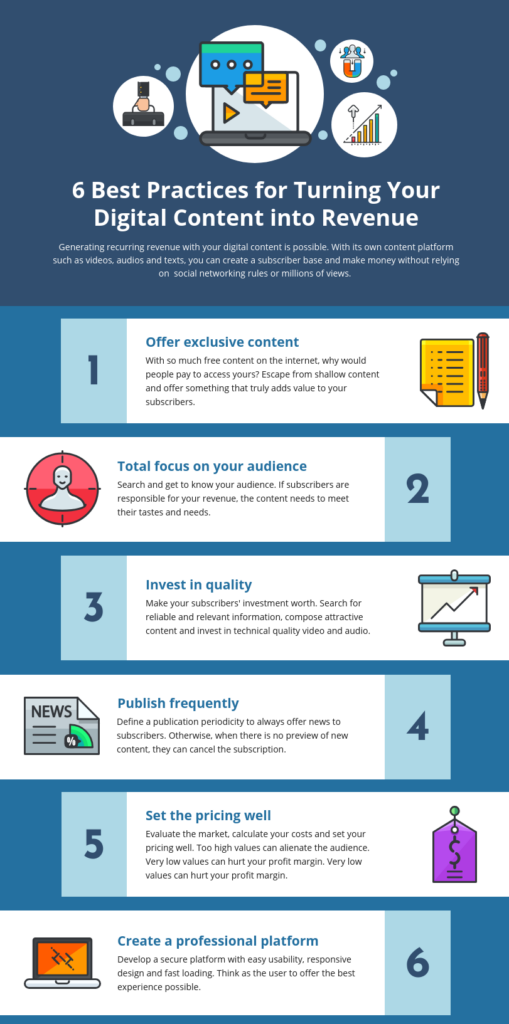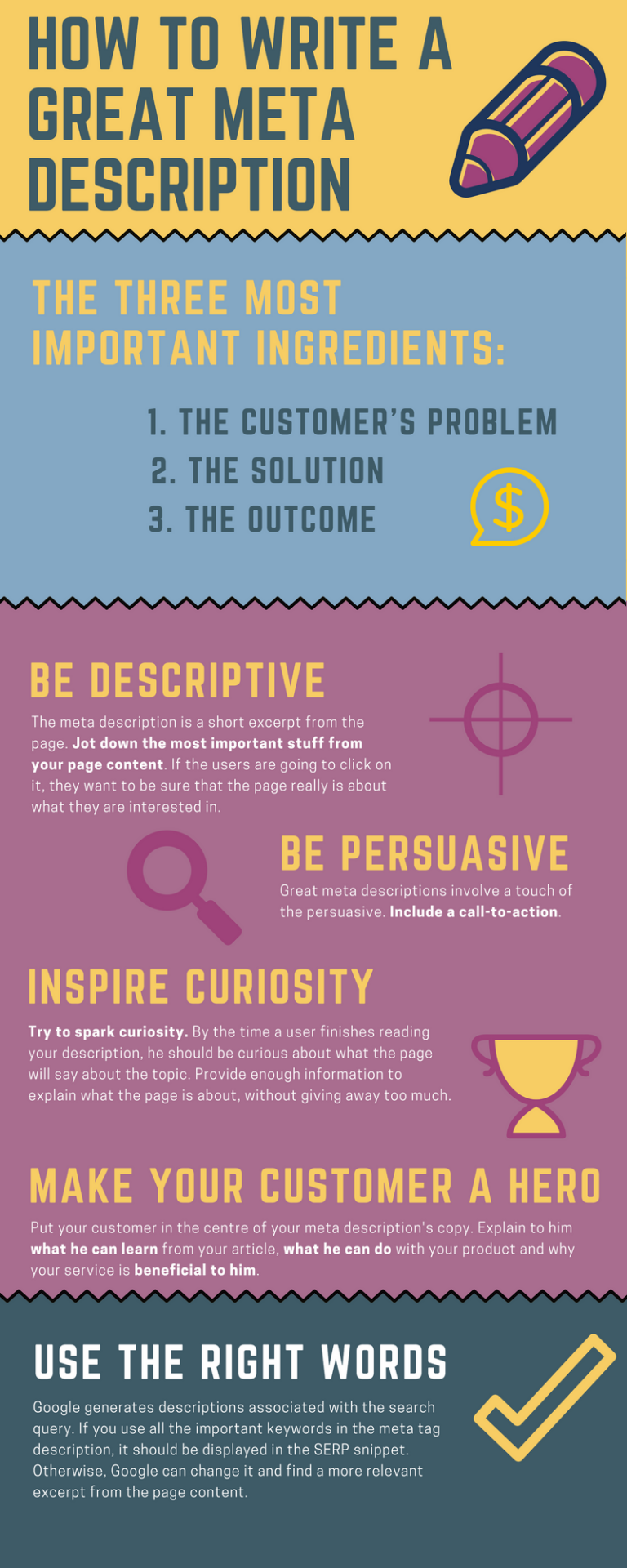The Easiest Steps to Optimization for SEO; Beginners Guide

Optimizing your content is important because it has a big effect on how well you can reach and connect with your target audience. By improving your content, you make it more visible and easy to find, which makes it easier for people to find what you have to give and enjoy it. Effective optimization techniques, like using relevant terms, organizing your content so it’s easy to read, and using SEO strategies, help improve your search engine results. Because of this, your content reaches a larger audience, gets more organic traffic, and gives you a better chance of reaching your goals, whether they are to get more sales, build brand knowledge, or create thought leadership. In the end, optimizing your content is the key to getting the most out of your efforts. It helps you get your message across and gets you real results.
Easiest Way to Optimize Your Content for SEO, the Guide:

Here’s a step-by-step guide on how to optimize your content for better search engine visibility:
- Research Relevant Keywords:
Start by conducting keyword research to identify the terms and phrases your target audience is searching for.
Use tools like Google Keyword Planner, SEMrush, or Moz Keyword Explorer to find popular and relevant keywords related to your content.
- Create High-Quality Content:
Develop unique, informative, and engaging content that provides value to your readers.
Ensure your content is well-structured with proper headings, subheadings, and paragraphs for easy readability.
Incorporate your target keywords naturally within the content, but avoid keyword stuffing.
- Optimize Title Tags and Meta Descriptions:
Craft compelling and descriptive title tags that accurately summarize the content and include your target keyword.
Write concise meta descriptions that entice users to click by highlighting your content’s benefits or unique aspects.
- Use Headers and Formatting:
Organize your content using headers (H1, H2, H3, etc.) to create a logical structure and improve readability.
Include your target keywords in some of the headers to signal relevance to search engines.
Use bullet points, numbered lists, and bold/italic formatting to make your content more scannable and user-friendly.
- Optimize Images:
Compress and optimize images to ensure faster loading times; site speed is an important ranking factor.
Use descriptive file names and add alt tags to your images to provide context for search engines and assist visually impaired users.
- Build Internal and External Links:
Include relevant internal links within your content to guide users to other pages on your website.
Seek opportunities to earn quality backlinks from reputable websites, as they can improve your content’s credibility and search rankings.
- Improve Page Load Speed:
Optimize your website’s performance by minimizing code, enabling browser caching, and using content delivery networks (CDNs).
Compress CSS and JavaScript files, optimize images, and consider using caching plugins to reduce page load times.
- Mobile Optimization:
Ensure your website is mobile-friendly and responsive, as a significant portion of web traffic comes from mobile devices.
Use a mobile-responsive design, test your website on different devices, and optimize for mobile loading speed.
- Monitor and Analyze:
Set up Google Analytics or other tracking tools to monitor your website’s performance, traffic sources, and user behavior.
Analyze the data regularly to identify areas for improvement, measure the effectiveness of your optimizations, and adjust your strategy accordingly.
Remember, SEO is an ongoing process, and staying updated with the latest trends and algorithm changes is important to maintain and improve your search visibility.
How To Develop Great Content: Step-by-Step Guide
Here’s a step-by-step guide to making good content:
Set your goals and who you want to reach.
-
- Find out who you want to reach and their needs, likes, and hobbies.
Set clear goals for your material, such as educating, entertaining, inspiring, or persuading your audience. - Do a lot of study on the topic you want to talk about, using reputable websites, science papers, books, and chats with experts as your sources.
- Find out who you want to reach and their needs, likes, and hobbies.
Plan what you’ll write.
-
- Make a plan for your content that includes the main points, subtopics, and proof or cases to back them up.
- Make sure that your work has a clear beginning, middle, and end.
Come up with a catchy title
-
- Make a statement that grabs people’s attention and makes them want to click and read more.
- Keep it short, interesting, and related to the main point of what you’re writing.
Write interesting beginnings
-
- Start with something that grabs the reader’s attention and makes them want to keep reading.
- Make it clear what your content is about and what people can expect from it.
Create body content that is clear and makes sense.
-
- Divide your thoughts into paragraphs or parts to make sure they make sense and run together.
- Use a casual tone and avoid words to make your writing easy to understand.
- Give your audience useful insights, practical tips, or unique points of view that meet their needs and expectations.
- Use facts, numbers, examples, or case studies from trusted sources to support your points.
Incorporate Visual Elements
-
- Add appropriate pictures, videos, graphs, or other visuals to help people understand and keep their attention.
- Make sure the pictures are of good quality, have the right credits, and fit your words.
Make it easier to read
-
- Break up the text with bullet points, numbered lists, and subheadings to make it easier to read.
- Keep your words short and concise, and use clear and easy-to-understand wording.
Check for mistakes
-
- Check your writing carefully for mistakes in language, spelling, and how you put things together.
- Make sure your content flows smoothly and makes sense as a whole.
- Stay away from confusing or contradictory claims.
Implement SEO Techniques
-
- Use important buzzwords in your work naturally to improve your search engine results.
- Optimize your title tag, meta description, and headers so people and search engines find them useful.
Get people involved
-
- Include strong “calls to action” (CTAs) to get people to connect, share, or do other things you want them to do.
- Respond to comments and interact with your audience to make them feel like they are part of a group.
Put your content out there and market it.
-
- Choose the right places to share your content, like a website, a blog, or a social media site.
- Use different ways to spread your information, like social media, email newsletters, and working with influential people.
Watch and change
-
- With tracking tools, you can keep track of important data like page views, engagement, and sales rates.
- Analyze the data to determine what material people liked the most and make changes based on that.
Remember, great content is created through a combination of creativity, research, and understanding your audience’s needs. Continuously learn from your audience’s feedback and adapt your content strategy to provide value and meet their expectations.
What is a Title Tag and How to Improve it
A title tag is an HTML element that specifies the title or headline of a webpage. It appears as the clickable text in search engine results and at the top of a web browser’s window when a webpage is open. It is important because it helps search engines understand what your page is about and influences how it is displayed in search results.
Here’s a step-by-step process on how to create great title tags:
- Understand the Purpose: Recognize that the title tag is a concise summary of your webpage’s content that should accurately represent what the page offers.
- Keep It Brief: Aim for a title tag length of around 50-60 characters, including spaces. This ensures that your title isn’t cut off in search engine results.
- Incorporate Relevant Keywords: Include relevant keywords that reflect the main topic or theme of your webpage. These keywords can help search engines understand the context and improve the page’s visibility in search results.
- Make It Compelling: Craft a title that captures attention and entices users to click on your webpage. Use persuasive language, highlight benefits or unique aspects of your content, or pose intriguing questions to generate interest.
- Be Descriptive and Accurate: Ensure that your title accurately represents the content on your webpage. Misleading or clickbait-style titles may lead to a negative user experience and harm your website’s reputation.
- Tailor Titles to Each Page: Create unique and relevant title tags for each webpage on your website. This helps search engines understand the individual content and avoids confusion.
- Consider Branding: If appropriate, include your brand name in the title tag to increase brand recognition and reinforce your online identity.
- Review and Optimize: Regularly review your title tags to ensure they align with your webpage content and remain relevant. Make adjustments when necessary based on performance and changes in your content strategy.
- Test and Monitor: Monitor the performance of your title tags using web analytics tools. Track metrics such as click-through rates and search engine rankings to gauge the effectiveness of your title tags and make improvements as needed.
Remember that title tags play a crucial role in attracting clicks and conveying the relevance of your webpage to search engines and users. Crafting concise, descriptive, and compelling title tags can improve your chances of driving organic traffic to your website.
What is a Meta Description and How It Helps Customer Engagement and SEO
Meta Title, also known as the title tag, is an HTML element that specifies the title or headline of a webpage. It serves as the clickable text in search engine results and appears at the top of a web browser’s window when the webpage is open. The meta title plays a crucial role in improving customer engagement and SEO by capturing the attention of users and providing a concise summary of the webpage’s content.
To create an effective meta title, follow these steps:
- Keep It Concise: Limit your meta title to around 50-60 characters, including spaces, to ensure it displays fully in search engine results.
- Use Target Keywords: Incorporate relevant keywords that align with your webpage’s content and reflect what your target audience is searching for. This helps search engines understand the relevance of your webpage.
- Be Descriptive and Accurate: Craft a title that accurately represents the content on your webpage and provides a clear idea of what users can expect. Misleading or vague meta titles may lead to a negative user experience.
- Engage the User: Make your meta title compelling and attention-grabbing to entice users to click on your webpage. Use persuasive language, highlight unique features, or pose intriguing questions to generate interest.
- Reflect the Content: Ensure that your meta title aligns with the actual content on your webpage. A cohesive connection between the meta title and the webpage builds trust with users and search engines.
- Avoid Keyword Stuffing: While it’s important to include relevant keywords, avoid excessive repetition or stuffing of keywords in the meta title. Focus on creating a natural and coherent title that accurately represents the content.
- Test and Optimize: Monitor the performance of your meta title using web analytics tools. Analyze click-through rates and user engagement to identify areas for improvement and optimize your meta title accordingly.
By creating concise, descriptive, and engaging meta titles, you can improve the visibility of your webpage in search results, attract more clicks, and enhance both customer engagement and SEO. Remember to regularly review and update your meta titles to stay relevant and align with your content.
Dominating the Local Scene: Strategies for Local SEO Success
Local SEO is crucial for driving relevant traffic if you have a physical business or serve specific geographic areas. Here are strategies to dominate the local scene:
- Google My Business: Create and optimize your Google My Business listing. Ensure accurate business information, including address, phone number, and opening hours. Encourage customers to leave reviews, as positive ratings can boost visibility.
- Localized Content: Create content tailored to your local audience. Incorporate local keywords and topics relevant to your location. To attract local visitors, consider producing location-specific blog posts, city guides, or event coverage.
- Online Directories and Citations: Ensure your business information is consistent across online directories, including NAP (Name, Address, Phone Number) data. Submit your business to relevant directories to increase local visibility and improve search engine rankings.
- Local Link Building: Build relationships with local businesses, organizations, and influencers. Seek opportunities for collaborations, guest blogging, or obtaining local backlinks. Local links can boost your local SEO efforts and establish credibility within the community.
Other Step for Optimization
- Keep your Offers and Services Up-to-Date: Maintaining updated offerings and services is crucial to content optimization. It keeps you competitive, credible, and relevant.
- Keep your Content Mobile Friendly: Today’s digital world requires mobile-optimized content. Smartphone and tablet use increases user engagement and search engine rankings.
- Use Voice Search: Voice search is rapidly gaining popularity with the rise of virtual assistants and smart speakers. Optimizing your content for voice search is becoming increasingly important to reach a broader audience.
- Track Key Metrics: Monitor key metrics such as page views, bounce rates, time on page, and conversion rates. Use analytics tools to gain insights into user behavior and engagement levels. Identify trends, patterns, and areas for improvement based on the data.
- User Feedback: Encourage and collect user feedback through surveys, comments, or social media interactions. Understand your audience’s preferences, needs, and pain points. Incorporate constructive feedback to refine and enhance your content.
- A/B Testing: Conduct A/B testing to compare different versions of your content—test variations of headlines, layouts, calls-to-action, or visual elements to determine which performs better. Use the results to optimize your content for higher engagement and conversions.
- Content Updates: Regularly update and refresh your content to ensure it remains relevant and valuable. Keep up with industry trends, emerging information, or changes in user preferences. Update outdated statistics, add new insights, and repurpose content into different formats.
The Reasons To Do Optimization:
Effective content optimization brings numerous rewards, contributing to the overall success of your digital presence. Here are the benefits of implementing optimization strategies:
- Increased Visibility: Optimization helps your content rank higher in search engine results, increasing visibility and attracting more organic traffic. This leads to greater brand exposure and reach.
- Higher Engagement: Well-optimized content grabs users’ attention, improves click-through rates, and encourages longer page visits. Engaging content keeps users on your website, increasing the likelihood of conversions or further engagement.
- Enhanced User Experience: Optimization ensures a seamless and user-friendly experience across devices. By improving website speed, navigation, and formatting, you provide a positive experience that keeps users coming back.
- Competitive Edge: Effective optimization helps you stand out from competitors, particularly in search rankings. Optimized content that delivers relevant and valuable information positions you as a trusted authority in your industry.
- Business Growth: Ultimately, effective content optimization drives business growth. By increasing visibility, engagement, and conversions, you can attract new customers, retain existing ones, and achieve your business goals.
By implementing these strategies and continuously refining your content based on data and user feedback, you can maximize the impact of your content, boost visibility, and achieve long-term success in the digital landscape.
Conclusion
In conclusion, mastering the art of content optimization is vital for maximizing the impact of your digital presence. By implementing effective strategies, such as crafting compelling titles and meta descriptions, staying relevant with up-to-date offers and services, optimizing for mobile devices and voice search, dominating the local scene, and continuously refining your content based on analysis, you can achieve remarkable results.
Content optimization is not just about appeasing search engines; it’s about connecting with your audience, providing value, and delivering an exceptional user experience. By understanding your audience’s needs, incorporating relevant keywords, and crafting engaging content, you can capture their attention and foster long-lasting relationships.
Moreover, optimization strategies like mobile-friendliness, voice search optimization, and local SEO allow you to reach and engage your target audience wherever they may be. Embracing technological advancements and adapting your content to changing user behaviors ensures you stay ahead of the curve and maintain a competitive edge.
Regular analysis and refinement of your content performance enable you to continuously improve and meet evolving demands. By tracking key metrics, collecting user feedback, conducting A/B testing, and updating your content, you can enhance its effectiveness, relevance, and value.
Ultimately, effective content optimization leads to increased visibility, higher engagement, enhanced user experience, a competitive edge, and overall business growth. By leveraging the power of optimization, you can supercharge your content and make a lasting impact in the digital landscape.
So, dive into the world of content optimization, unleash the potential of your content, and watch as it resonates with your audience, achieves higher rankings, and drives tangible results.




